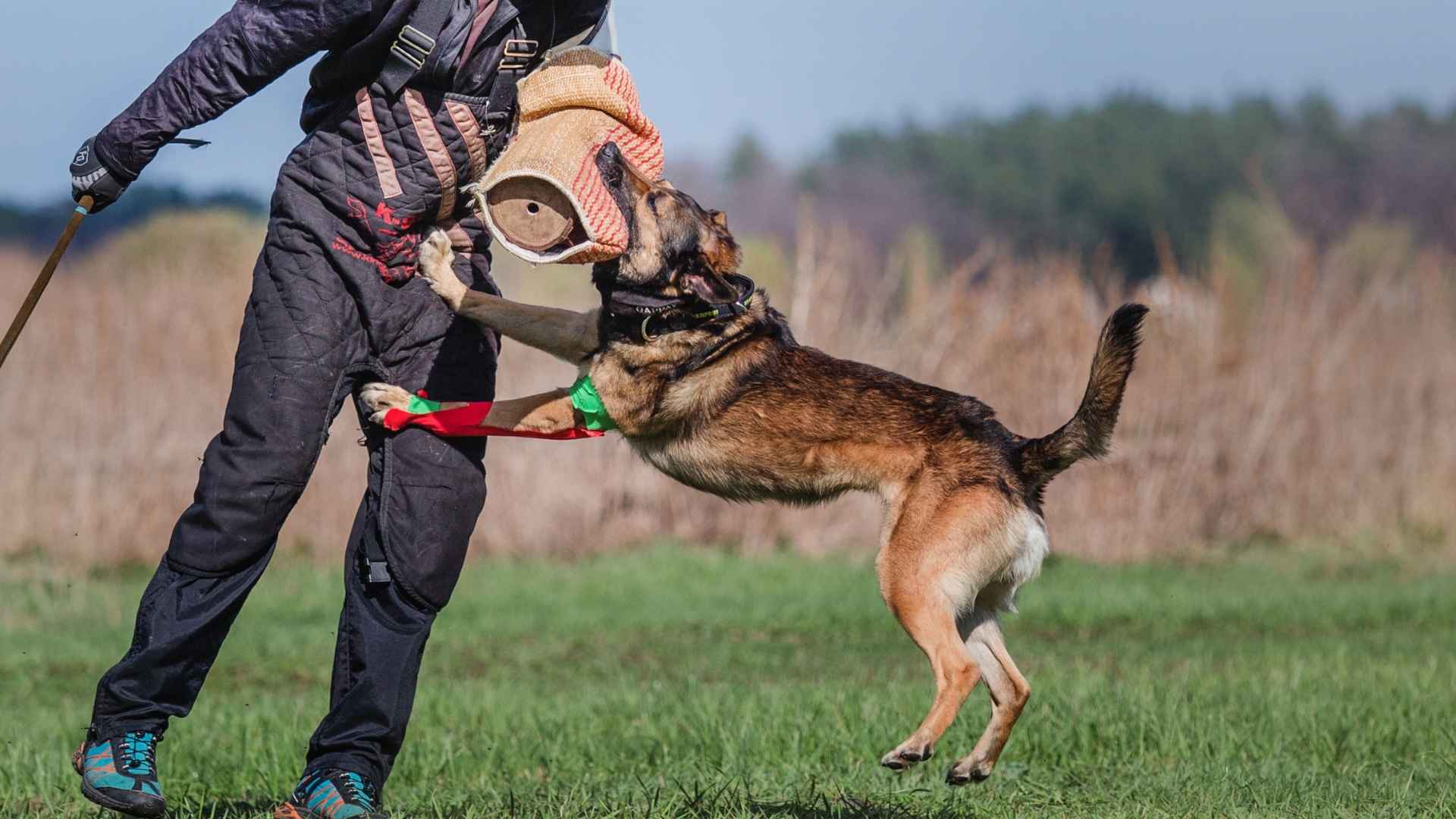Canine bite force isn’t just about how hard a dog can chomp—it’s a complex interaction of skull shape, jaw muscle mass, bite mechanics, and even genetic selection.
Over millennia, humans have bred dogs not just for size or speed, but also for the strength of their bite. From defending livestock on the Anatolian plains to subduing wild boars in South America, some dogs are bite-force legends. Their jaw power has helped shape civilizations, economies, and survival strategies, earning them roles as hunters, warriors, and guardians of empires.
Scientifically speaking, bite force is measured in pounds per square inch (PSI) and is affected by the lever mechanics of the mandible and temporalis muscle force. According to a 2008 study published in the journal Anatomical Record by Ellis, McWhirter, and Norman, the largest contributor to a dog’s bite strength is muscle size and skull width, not necessarily the dog’s overall body size. That’s why breeds like the Kangal or Cane Corso can deliver nearly twice the PSI of dogs their size, while some large breeds have surprisingly gentle jaws.
Welcome to the ultimate breakdown of the world’s strongest canine jaws. Let’s get started.
Dog Breeds With the Strongest Bite Force
1. Kangal — 743 PSI
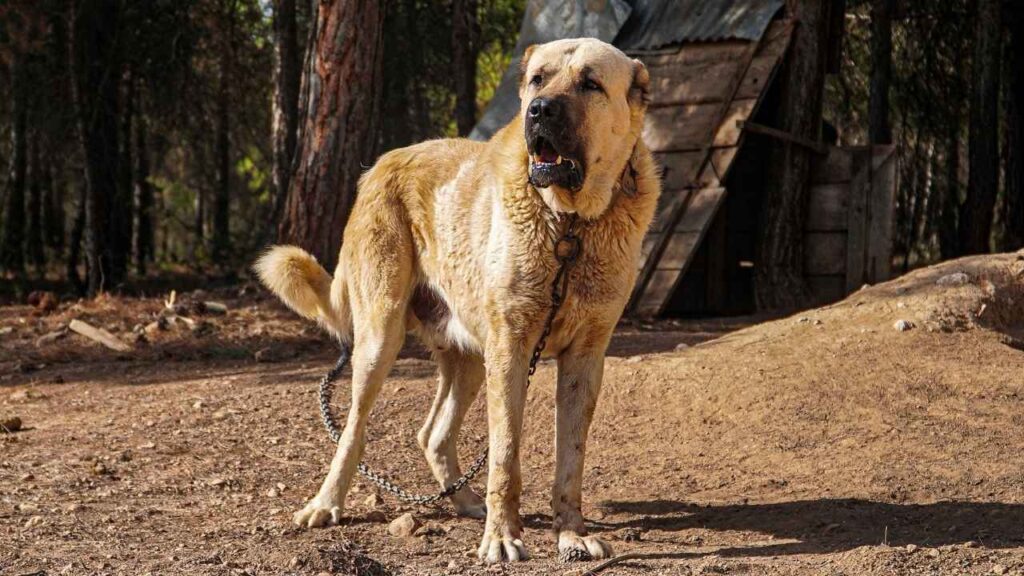
The Kangal holds the record for the strongest bite force among all dog breeds at 743 PSI, as per Purina.
From the rugged Anatolian plateau in Turkey, these dogs are bred exclusively as flock guardians, protecting sheep from wolves, bears, and jackals. Their enormous heads, thick necks, and powerful jaws are pedigree-built for serious protection.
Despite myths labeling them “wolf-slaying machines,” they are known for their calm, even temperaments—they differentiate between threat and peace with rare precision. That bite isn’t just raw force; it’s a surgical deterrent.
Beyond Turkey, conservationists utilize Kangals in Africa to mitigate livestock-predator conflict, thereby saving both sheep and big cats, such as cheetahs, through effective non-lethal protection.
They are naturally wary of strangers but not nervous or reactive. They size up situations with quiet confidence, which makes them great guard dogs. They won’t freak out over a falling leaf—but they’ll stand their ground if a threat appears.
2. Cane Corso — 700 PSI
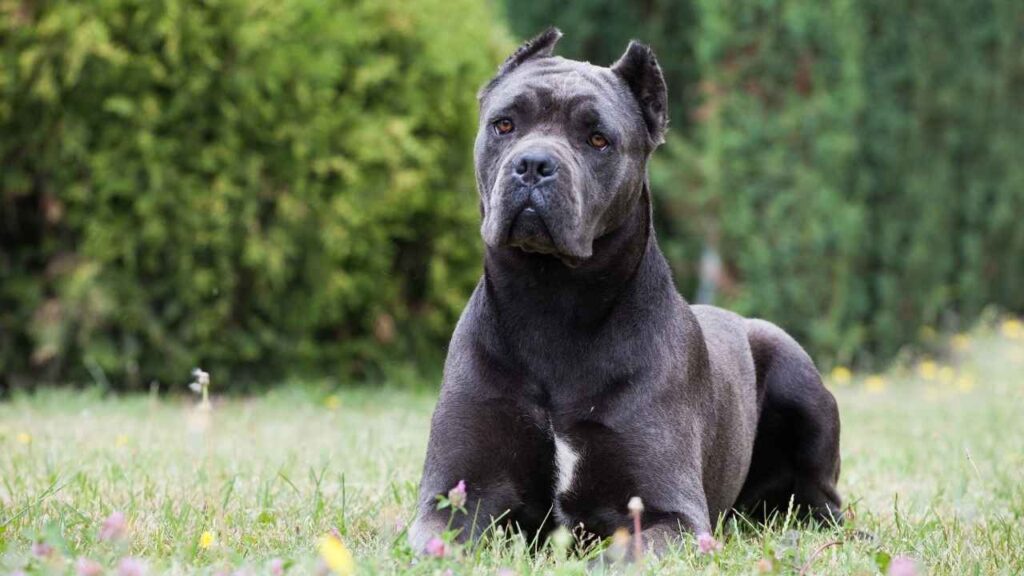
The Italian Cane Corso delivers a powerful bite force of 700 PSI, placing it among the top bite force breeds.
Descended from ancient Roman war dogs, the Cane Corso was a guardian of livestock, an estate patrol, and a battlefield messenger. Their compact yet muscular build and bear-like appearance amplify their jaw strength.
Training, not terror, is the most effective method for evaluating most dogs, as per PetMD. Still, a modern Cane Corso bite has reportedly fractured bones in rare attacks, underscoring the need for well-managed environments.

Guardian reports that recent incidents in the UK and the U.S. have sparked debates about regulation, partly because their bite can be as strong as a lion’s. Yet owners emphasize responsible breeding and socialization as key to safe companionship.
Note: This dog bite injury is not “normal” in the sense of being minor or expected—it’s potentially dire and should always be taken seriously, even if the injury looks small at first.
3. Dogue de Bordeaux — 556 PSI
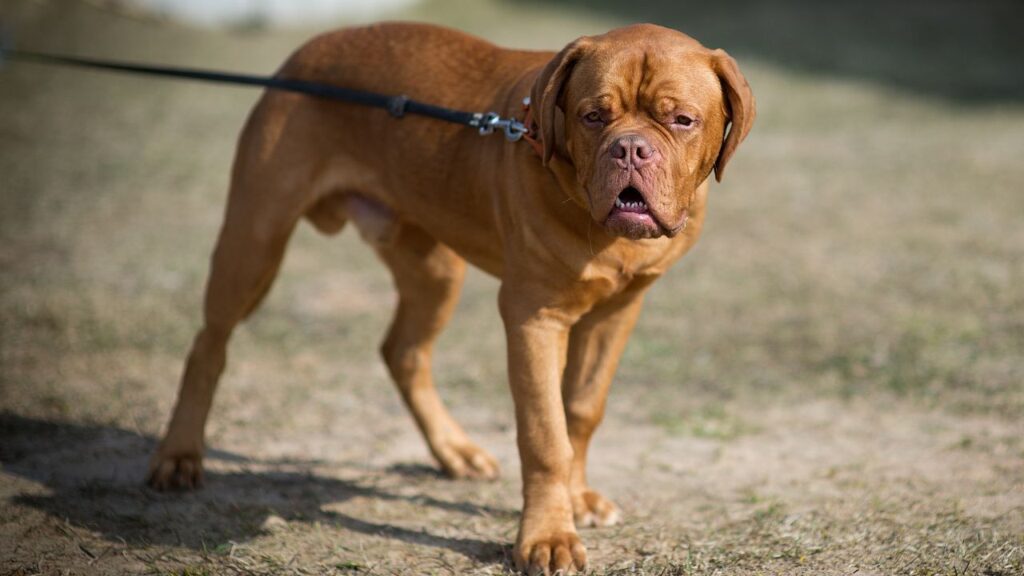
French Mastiffs pack roughly 556 PSI—one of the strongest dog bites in the Dog World.
Bred in France for cart pulling, guard work, and big-game control, Dogues were prized for their calm strength and courageous heart. Horror in their jaws, but tenderness in their souls. Their impressive bite force surely makes them a popular dog breed amongst hunters.
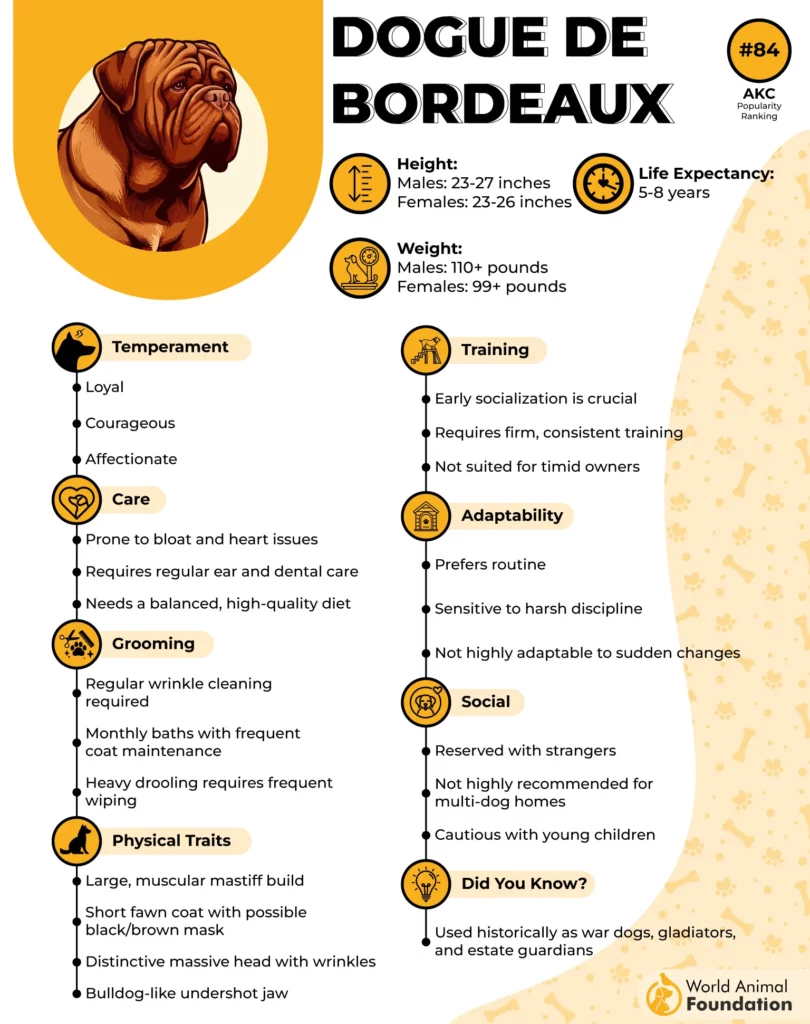
Owners describe Dogues as “gentle gargantuan teddy bears”—loyal, affectionate, but tragically short-lived (often only 5–8 years). When upset, though rare, their force can be severe.
A great fighting dog back in the day, the modern breeding has softened the Dogue’s temperament significantly. Today’s Dogue de Bordeaux is loyal, calm, and extremely affectionate with family.
Modern handlers emphasize temperament testing and early socialization to ensure these massive dogs stay lovable giants rather than legends of folklore.
4. Tosa Inu — 556 PSI
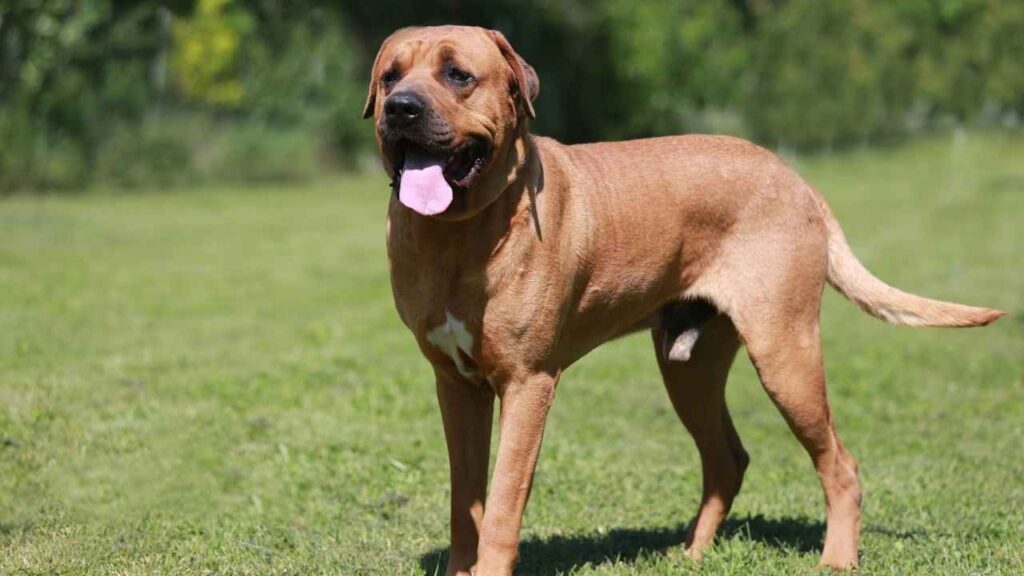
The Japanese Tosa Inu matches the Dogue de Bordeaux with a bite force of nearly 556 PSI.
Created through the crossbreeding of Mastiffs, Bulldogs, and native Japanese dogs, Tosas are calm and composed by default, but with ferocious bite capacity when provoked.
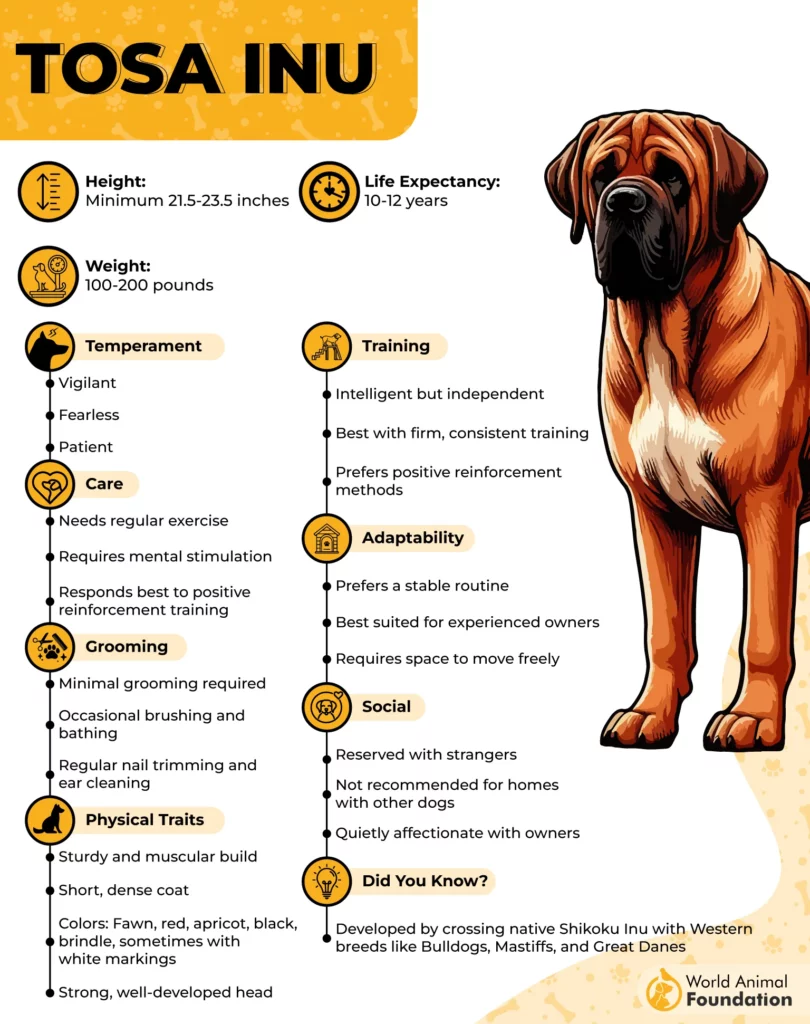
Quiet but serious, certain dog breeds excel in obedience—but require early training and socialization, and this one is one of them. They are restricted or banned in several countries due to their powerful potential.
Despite their martial origins, well-raised Tosas are affectionate and protective. Their dog bite force may intimidate, but their loyalty consoles.
5. English Mastiff — 552 PSI
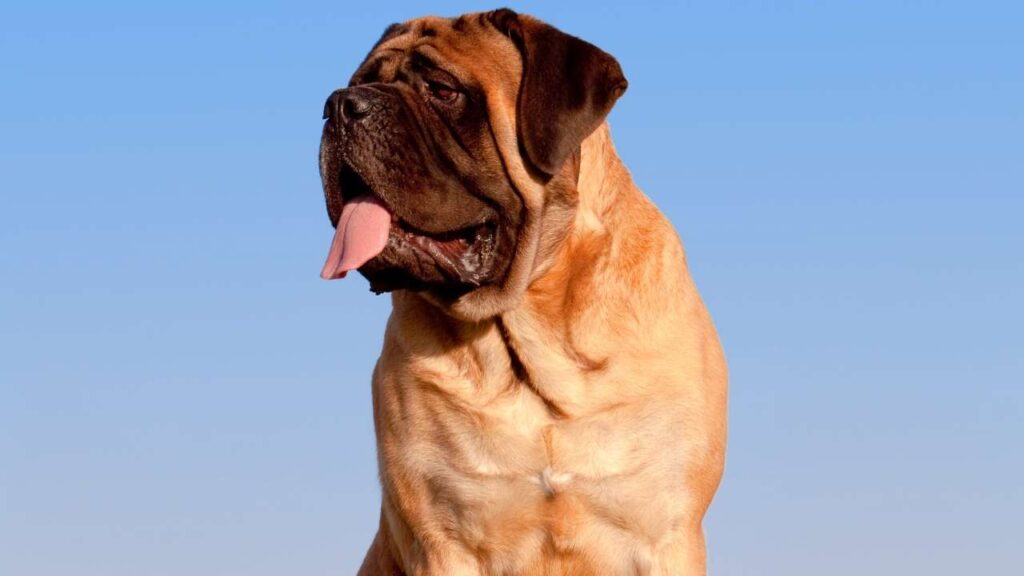
Sitting just shy of 556, the English Mastiff brings a bite of around 552 PSI.
This is not your average dog!
These British guardians served in battle and guarded homes across medieval Europe. Massive in size, but measured in temperament, they act before they strike.
Despite their jaw power, these protective dogs are famously gentle—they warn before biting, making them excellent family guardians when trained.
When compared to other dogs, these Mastiffs made waves in pop culture—just look at Turner & Hooch-style bulky canines. What you don’t see? Their massive jaws, strong enough to deter intruders or break through barriers in emergencies.
6. Rottweiler — 328 PSI
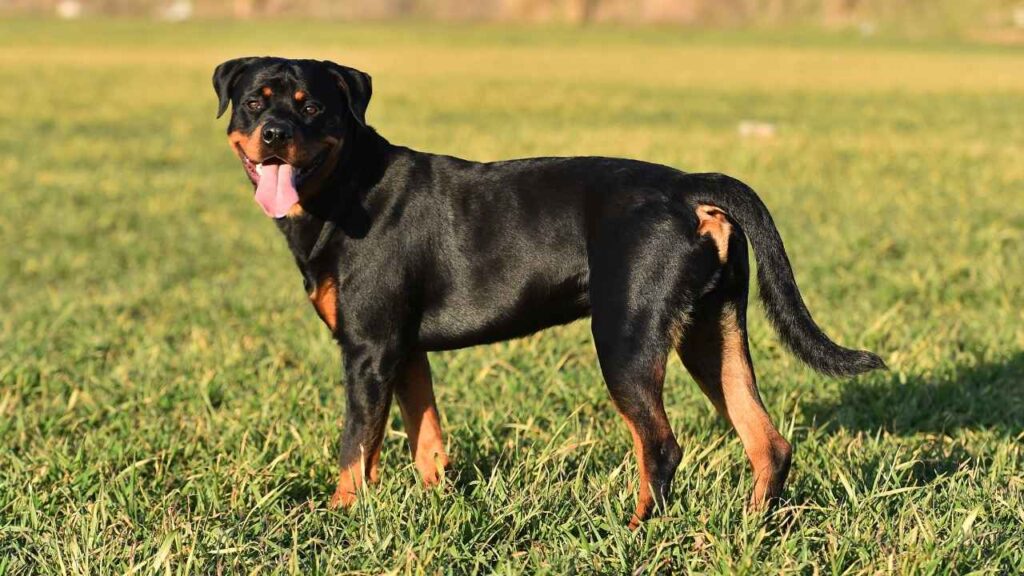
Rottweilers bite with 328 PSI, combining accuracy, force, and discipline.
Originally used by Roman legions to herd cattle—and later as police and search dogs—Rotties have teeth trained for precision, not chaos.
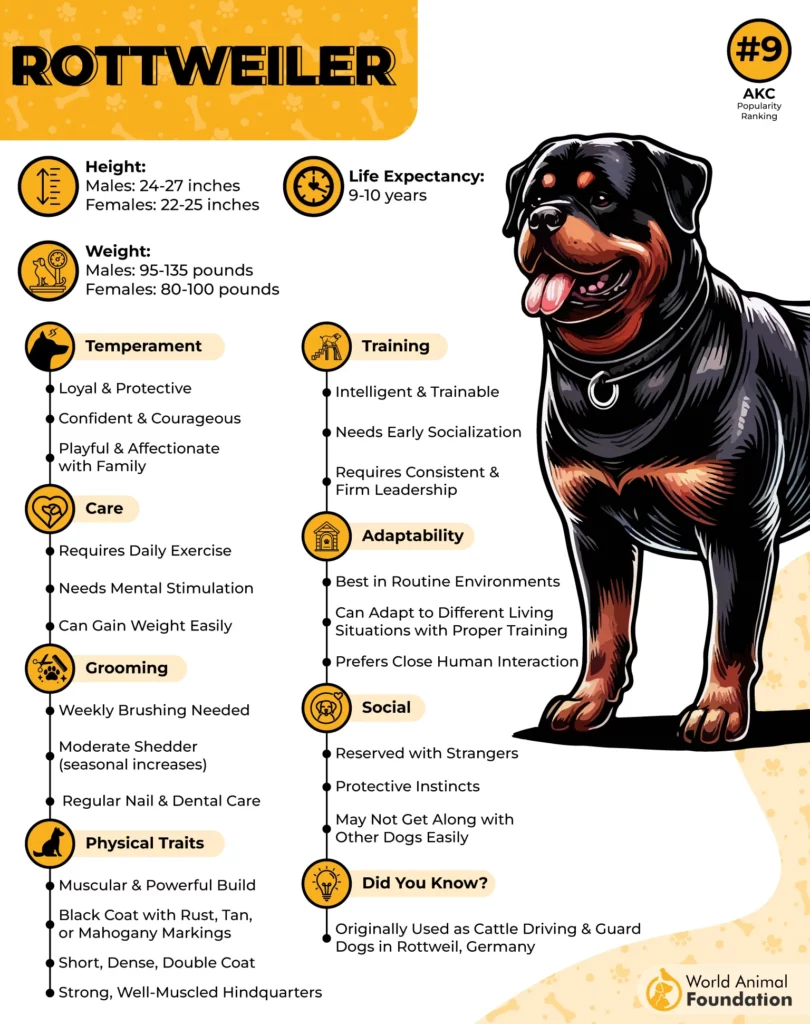
Their bite is not about brute strength alone—it’s refined prevention. Tight locks, controlled grip, and strong release control.
What they do need is obedience and control training to ensure they don’t misuse that bite. They’re highly intelligent and naturally protective—without proper training, that combo can become problematic.
Despite a fearsome reputation, they excel in therapy and service because they bond deeply and respond to handling, proof that strength can coexist with gentle souls.
7. American Bulldog — 305 PSI
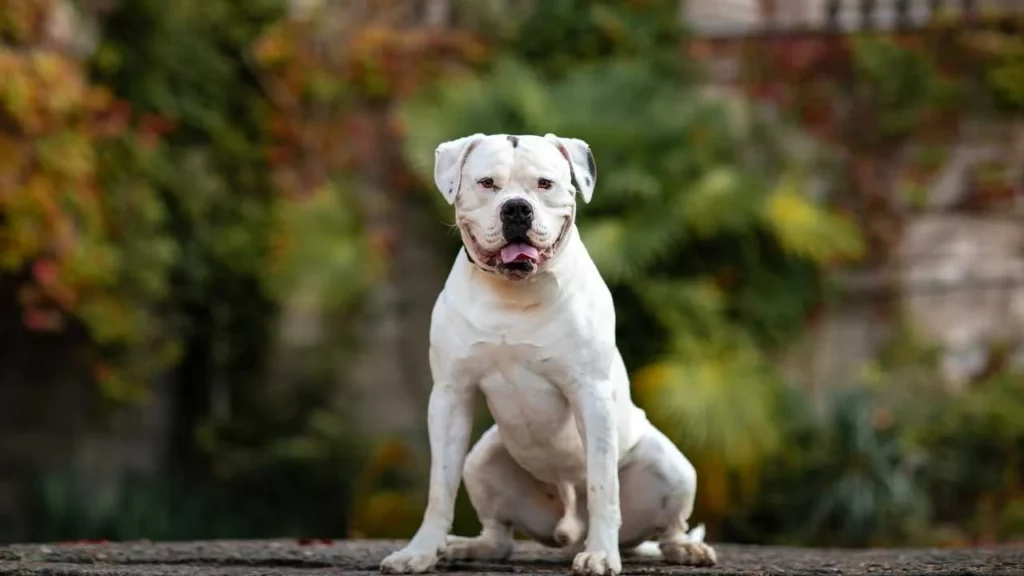
With around 305 PSI, the American Bulldog’s bite force is truly impressive.
What began as a farm protector and catching dog in early America grew into adaptable, loyal family companions. Their bite might not be record-breaking, but it’s firm enough for serious control.

Recognized for athleticism, sturdiness, and fondness for children when raised responsibly. Biting incidents are often attributed to mismanagement, rather than breed.
Purina mentions that these large dogs can jump fences, run long distances, and bite precisely when needed. Adventure and affection… with respect.
They can be great family pets—but they’re best suited for families who are ready to provide structure, exercise, and consistent training. These dogs are loyal, protective, and often downright goofy once they feel at home.
But they’re also strong-willed and energetic, so they’re not ideal for first-time or laid-back dog owners.
8. Dogo Argentino — 500 PSI
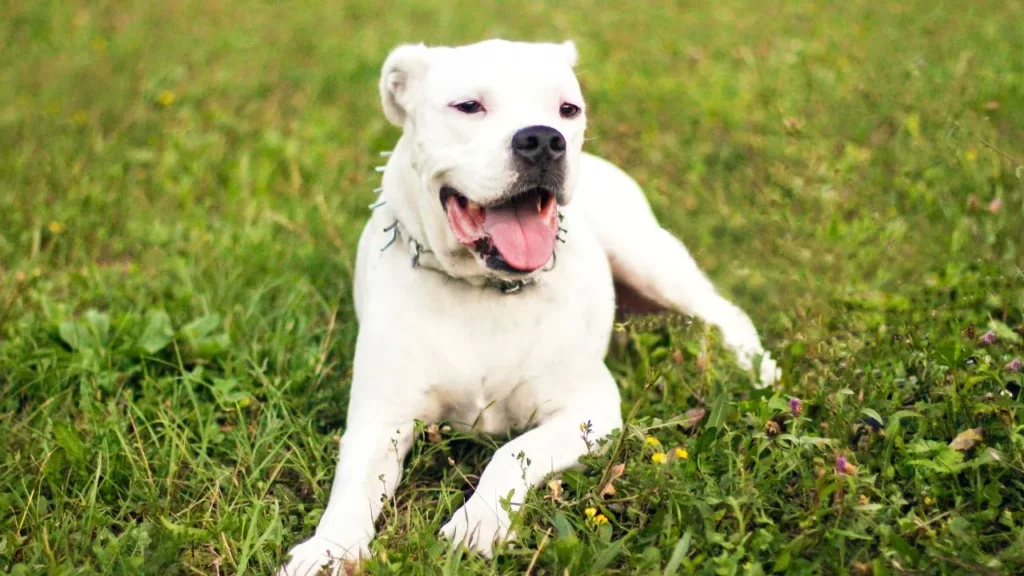
The Argentine Dogo delivers around 500 PSI, tailor-made for dangerous boar hunts.
Bred by Dr. Antonio Nores Martínez in the 1920s, Dogos were developed for big-game hunting, specifically targeting tough brutes like wild boar and pumas. Their bite was literal fieldwork.
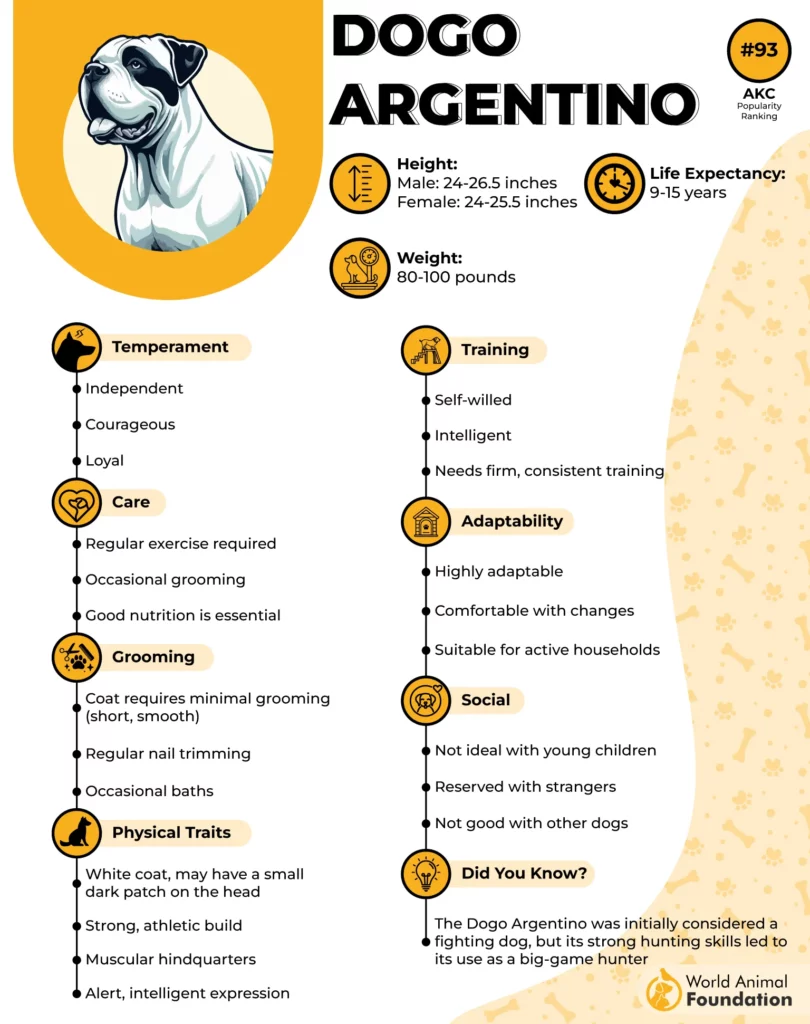
Large, athletic, and fiercely protective, they bonded to human packs, not dog packs, and still serve as valued family guardians in high-control households.
Bite incidents can happen. They usually stem from:
Lack of early socialization with people or other animals
Owners who mistake strength for obedience
Inadequate training or using harsh training methods
Keeping them bored or unexercised, which can make them reactive or destructive
Due to their bite and temperament, many countries restrict the ownership of these animals. Moral: Respect, training, and containment matter.
9. German Shepherd — 238 PSI
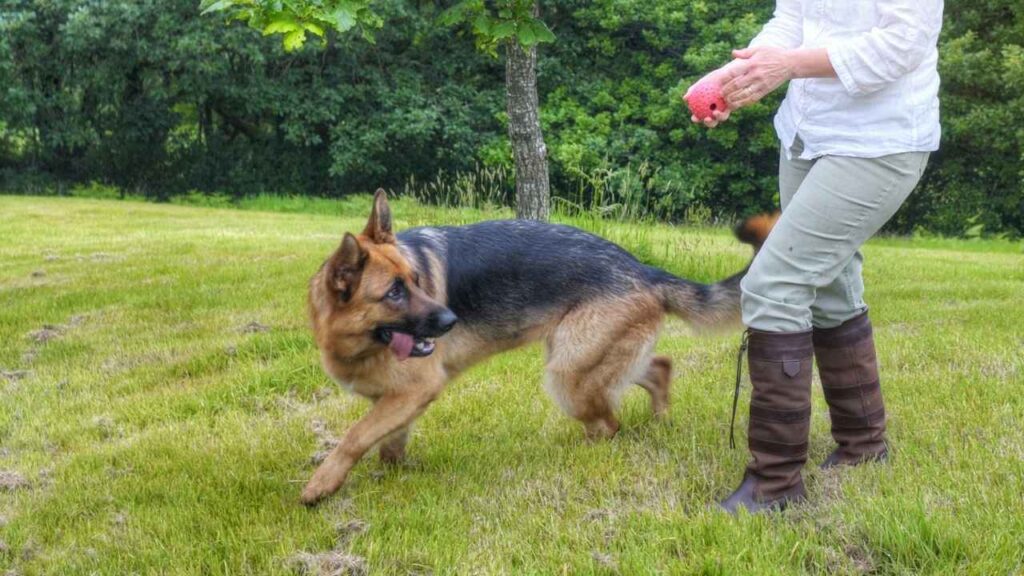
With about 238 PSI, German Shepherds pack a moderate bite, but it’s strategic precision that matters.
Originally bred for sheep herding in Germany, GSDs evolved into elite police, military, and scent‑detection dogs. Their bite strength is efficient enough to hold, not maul.
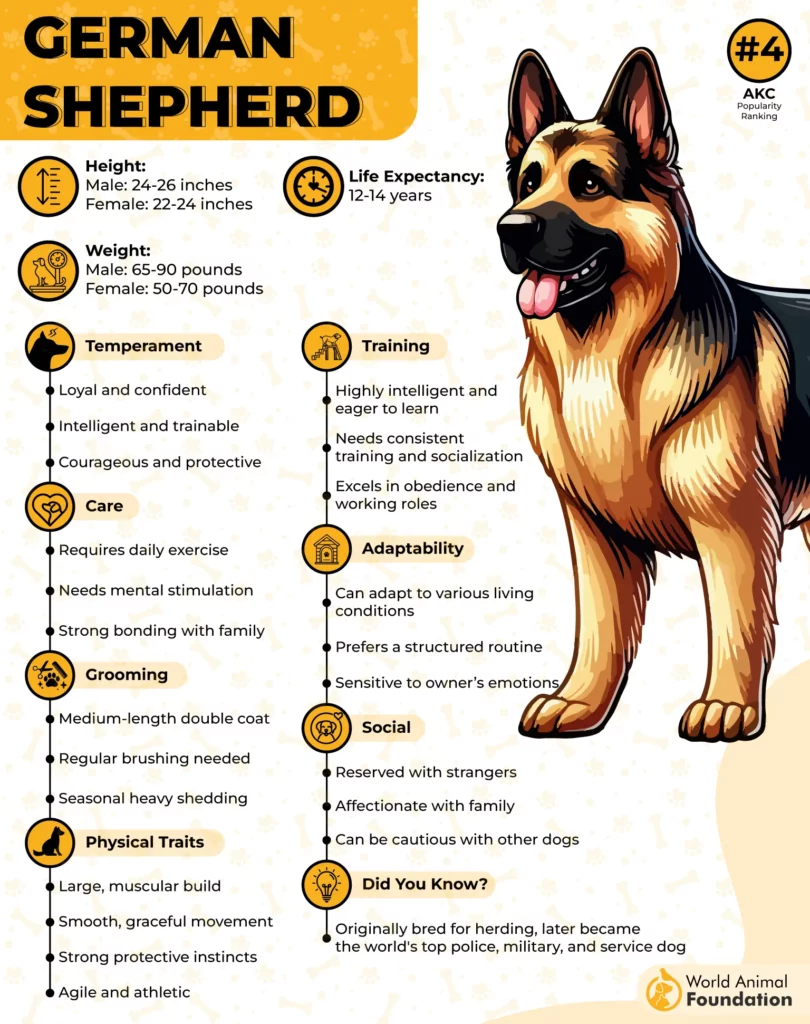
They’re masters of bite-and-release training—trained to control without casualty. That makes them ideal for apprehension without undue harm.
With an estimated 3.5 million German Shepherds in the U.S. alone and over 10 million globally, their enduring reputation spans continents. Combine that with intelligence, agility, and loyalty, and you have a working dog that adapts to diverse tasks with confidence, not power.
10. Chow Chow — 220 PSI
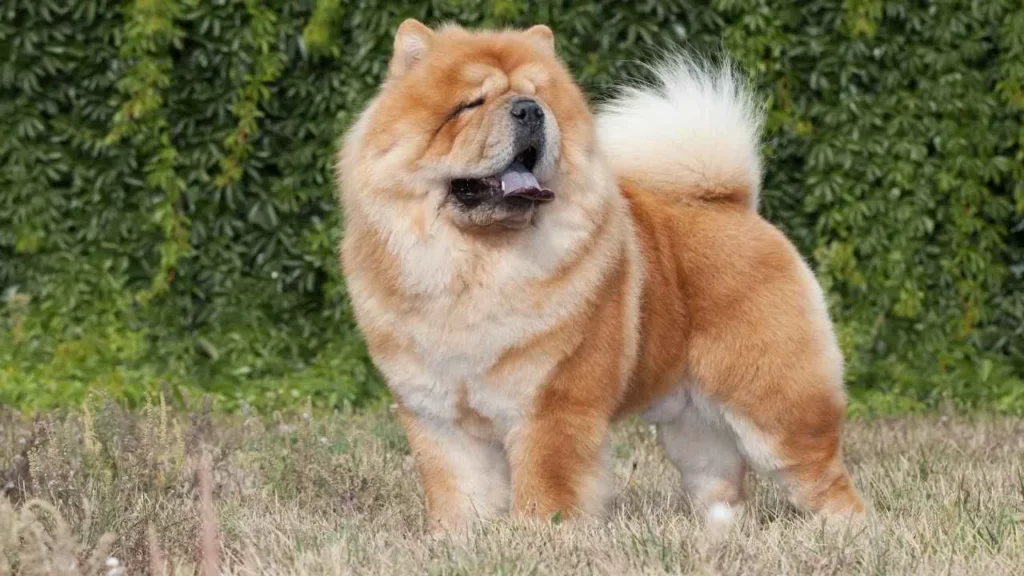
The compact Chow Chow exerts around 220 PSI, the lowest on our list, but still formidable for its size.
Ancient guardians of Asia’s imperial palaces and caravans, Chows were bred to ward off threats with silent menace, and their bite reflects that stoic strength. This breed is one of the oldest known dog breeds, dating back over 2,000 years to northern China.
Originally bred for hunting large game, guarding temples, and even pulling carts, their powerful jaws were a key asset.
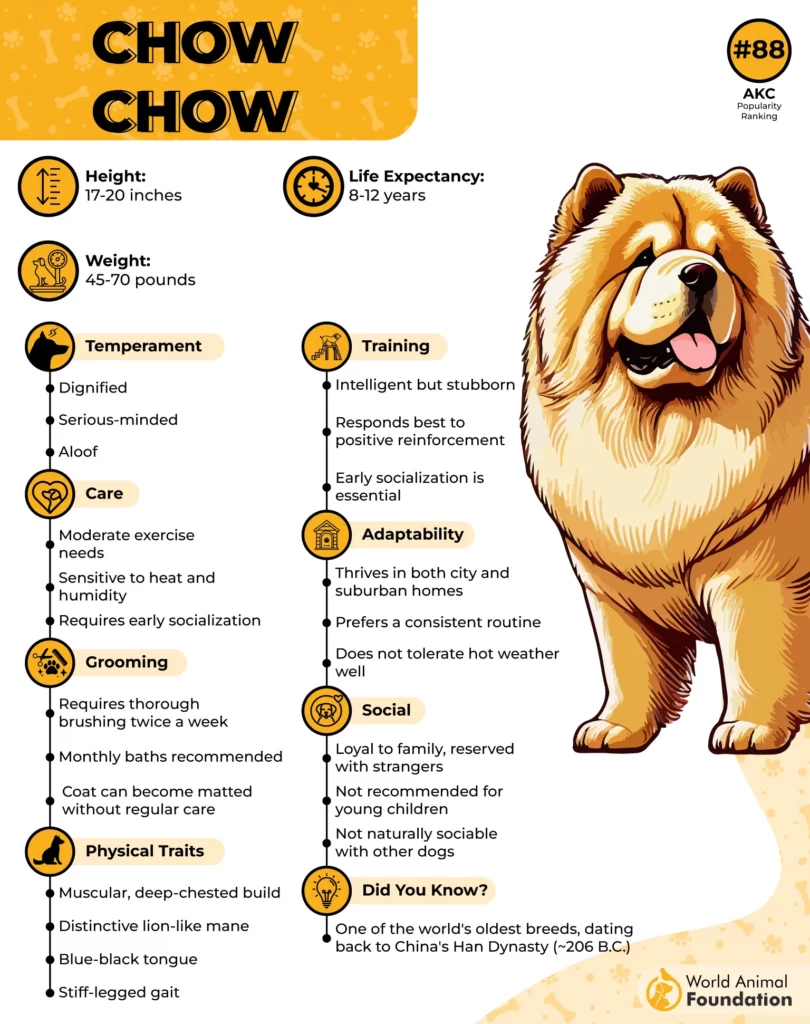
With cat-like independence, they’re not choosy about affection, but choose carefully who’s allowed in their bubble. The bite, though controlled, can be unexpected.
They may seem fluffy, but Chows are far from cuddly weapons—they’re small protectors with big boundaries.
Conclusion
Bite force stats like 743 PSI or 556 PSI sound dramatic, but they tell only half the story. These breeds were shaped by environment and duty: herding wolves, guarding estates, or hunting dangerous game. What defines them isn’t just jaw strength—it’s loyalty, training, and respect.
Pit bulls, American Pit Bull Terriers, and Mastiff breeds are also among the strongest-biting dogs in the world and make excellent guard dogs.


